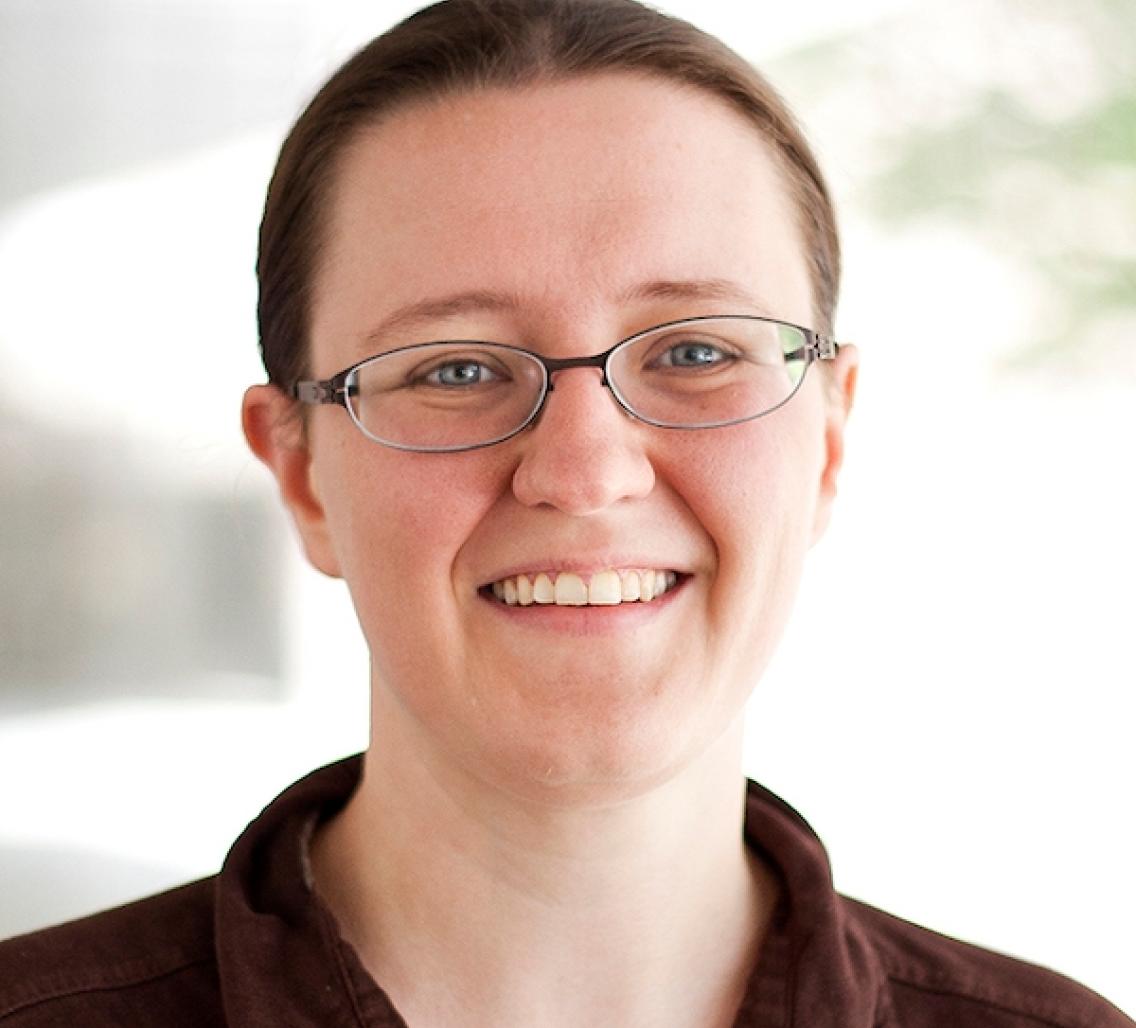Event Details:

Dr. Chestek will be presenting her talk in person at Gunn Rotunda.
We welcome you to join us at 11:30 am for coffee, cookies and conversation before the seminar.
Cynthia Chestek, PhD
Associate Professor
Bioengineering and Neuroscience
University of Michigan
https://chestekresearch.engin.umich.edu/
Host
Krishna Shenoy
Abstract
Brain machine interfaces or neural prosthetics have the potential to restore movement to people with paralysis or amputation, bridging gaps in the nervous system with an artificial device. Microelectrode arrays can record from up to hundreds of individual neurons in motor cortex, and machine learning can be used to generate useful control signals from this neural activity. Performance can already surpass the current state of the art in assistive technology in terms of controlling the endpoint of computer cursors or prosthetic hands. The natural next step in this progression is to control more complex movements at the level of individual fingers. Our lab has approached this problem in three different ways. For people with upper limb amputation, we acquire signals from individual peripheral nerve branches using small muscle grafts to amplify the signal. Human study participants have been able to control individual fingers on a prosthesis using indwelling EMG electrodes within these grafts. For spinal cord injury, where no peripheral signals are available, we implant Utah arrays into finger areas of motor cortex, and have demonstrated the ability to control flexion and extension in multiple fingers simultaneously. Decoding “spiking band” activity at much lower sampling rates, we also recently showed that power consumption of an implantable device could be reduced by an order of magnitude compared to existing broadband approaches, and fit within the specification of existing systems for upper limb functional electrical stimulation. Finally, finger control is ultimately limited by the number of independent electrodes that can be placed within cortex or the nerves, and this is in turn limited by the extent of glial scarring surrounding an electrode. Therefore, we developed an electrode array based on 8 um carbon fibers, no bigger than the neurons themselves to enable chronic recording of single units with minimal scarring. The long-term goal of this work is to make neural interfaces for the restoration of hand movement a clinical reality for everyone who has lost the use of their hands.
Bio
Cynthia A. Chestek received the B.S. and M.S. degrees in electrical engineering from Case Western Reserve University in 2005 and the Ph.D. degree in electrical engineering from Stanford University in 2010. She is now an associate professor of Biomedical Engineering at the University of Michigan, Ann Arbor, MI, where she joined the faculty in 2012. She runs the Cortical Neural Prosthetics Lab, which focuses on brain and nerve control of finger movements as well as high-density carbon fiber electrode arrays. She is the author of 58 full-length scientific articles. Her research interests include high-density interfaces to the nervous system for the control of multiple degree of freedom hand and finger movements.
Related Papers
[1] Vu, P. P., Vaskov, A. K., Irwin, Z. T., Henning, P. T., Lueders, D. R., Laidlaw, A. T., Davis, A. J., Nu, C. S., Gates, D. H., Gillespie, R. B., Kemp, S. W., Kung, T. A., Chestek, C. A., & Cederna, P. S. (2020). A regenerative peripheral nerve interface allows real-time control of an artificial hand in upper limb amputees. Science Translational Medicine, 12(533). https://doi.org/10.1126/scitranslmed.aay2857
[2] Nason, S. R., Vaskov, A. K., Willsey, M. S., Welle, E. J., An, H., Vu, P. P., Bullard, A. J., Nu, C. S., Kao, J. C., Shenoy, K. V., Jang, T., Kim, H.-S., Blaauw, D., Patil, P. G., & Chestek, C. A. (2020). A low-power band of neuronal spiking activity dominated by local single units improves the performance of brain–machine interfaces. Nature Biomedical Engineering, 4(10), 973–983. https://doi.org/10.1038/s41551-020-0591-0